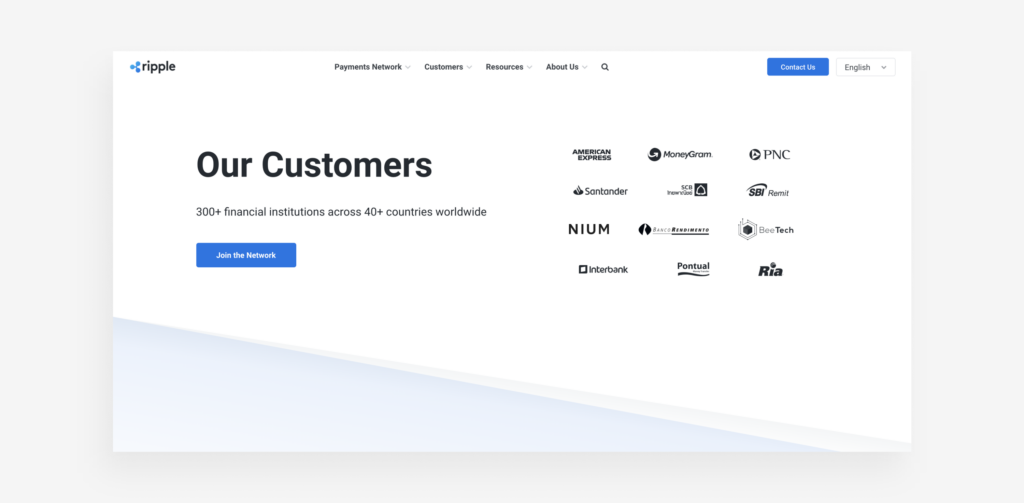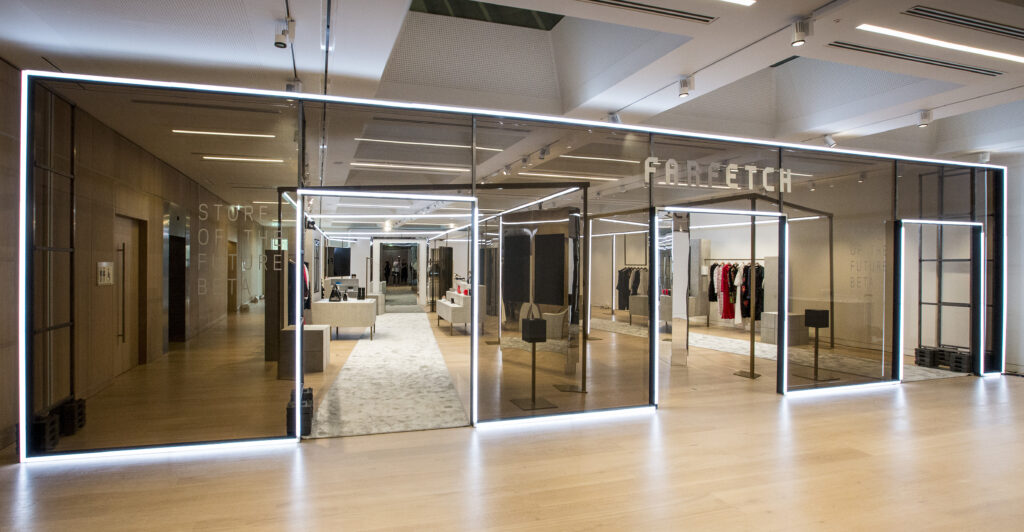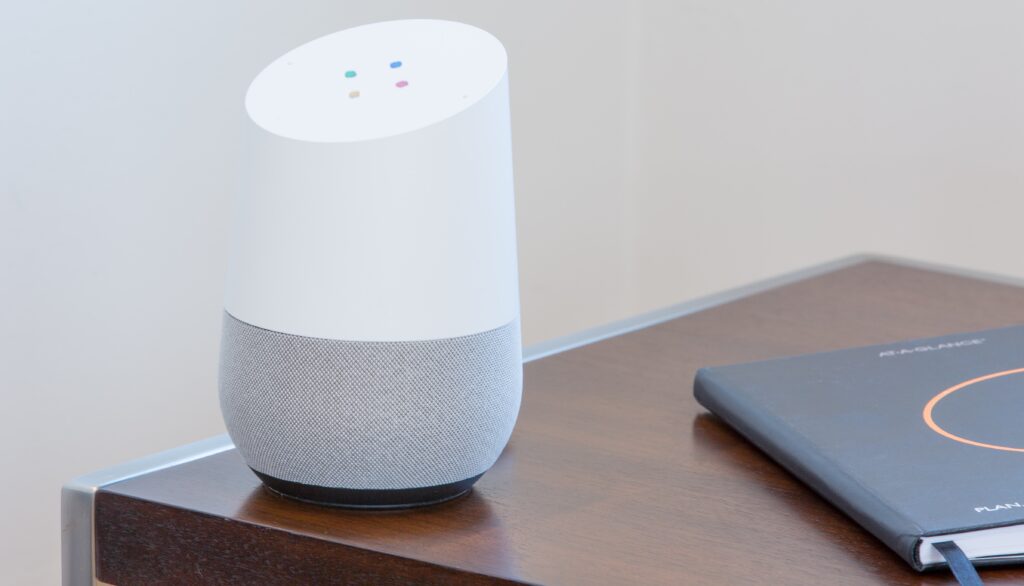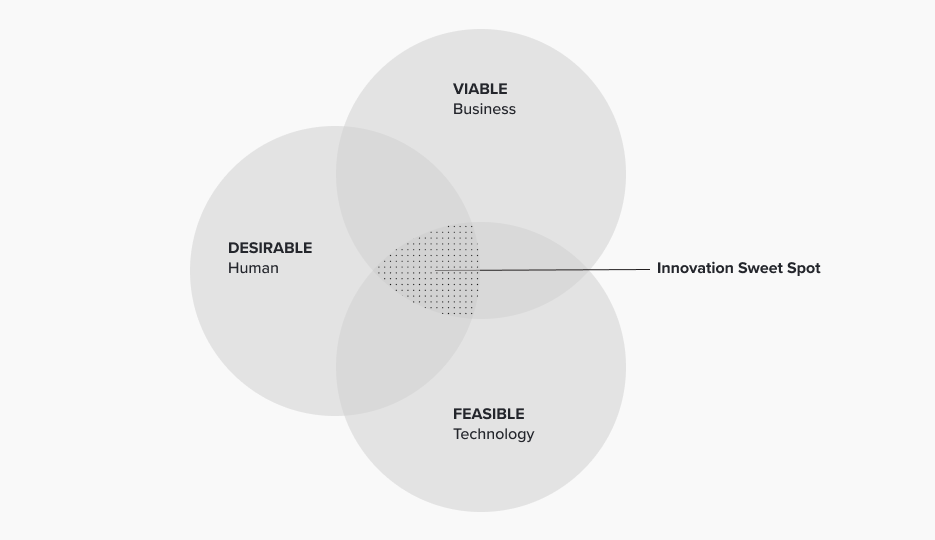People don’t automatically have the best confidence in blockchain technology and its applications. Trust needs to be built up. Why does confidence in these systems need to be high? Because blockchain applications and their underlying technologies deal with valuable data such as asset ownership, identity, and contracts. If people don’t trust your blockchain application, they simply won’t use it.
So how can you help your blockchain application signal trust to its users? Here are three proven strategies:
1. Stick to Standards and Be Consistent
Your blockchain application should respect established user interface (UI) and user experience (UX) conventions. Having used many other applications, users are conditioned to anticipate certain interaction patterns. When using your application, they expect to apply the same patterns they’ve already learned. If your application violates established standards, users will get frustrated and lose trust.
So, the first thing you need to do is to learn how popular blockchain applications interact with users. Then analyze blockchain applications in your domain. Research their UI and UX to infer established interaction patterns. For example, if you build a blockchain application to digitize trading in the commodities space, learn how other trading blockchain applications interact with users.
Second, examine de facto standards among non-blockchain applications in your domain. For instance, if you’re building a financial blockchain application, research established norms among traditional finance applications, such as e-banking applications. If users are accustomed to reviewing and confirming financial transactions, it’s probably wise that your application follow this pattern.
Third, keep your application predictable. If it doesn’t behave consistently across all its use cases, users won’t trust it. Just think about how nearly impossible it is to trust a moody person who behaves erratically. Well, it’s the same way for applications. For example, if a user usually needs to confirm the signing of a transaction in a blockchain application, this confirmation step needs to be included in every transaction’s signing process — no exceptions.
2. Signal trust with the right colors and typography
Don’t think of colors and typography as relatively inconsequential things that can hopefully make the UI of your blockchain application look pretty. They’re much more powerful than that — capable of influencing how trustworthy your application appears to its users.
Many financial institutions use the color blue as their primary color because research has proven that blue conveys trust. So it comes as no surprise why J.P. Morgan (one of the world’s largest banks), Revolut (a major online bank), and Coinbase (a major cryptocurrency exchange) all use the trust-building color blue.
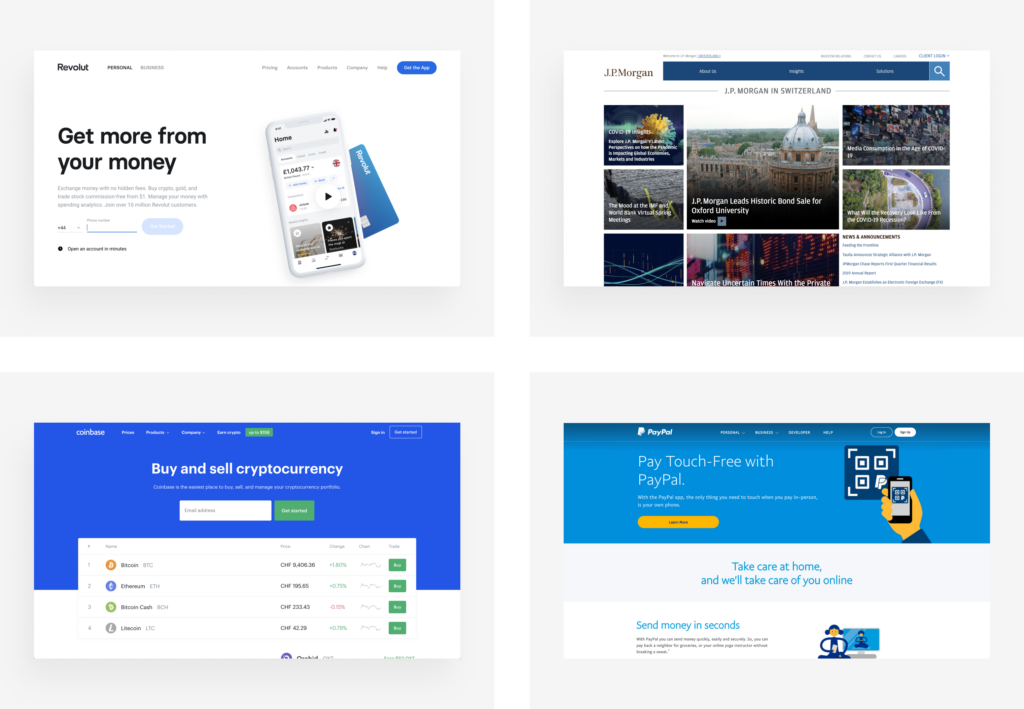
The psychological effects of colors vary among cultures, so select your colors accordingly. For example, if your main audience is in China, red might be a great choice, as it signifies good fortune and success; however, you’ll want to minimize black, which traditionally symbolizes evil and destruction.
Besides color, typography can make a difference in how users experience products. Numerous experiments have shown how different typefaces can affect a message’s level of trustworthiness. In one experiment, readers believed that a sentence was truer if the font used was Baskerville, rather than another font like Comic Sans.
Moreover, the results of an IBM research project showed that typeface influences perceived trustworthiness of banking websites. But while a particular typeface may do well conveying trust, it may do poorly conveying ease of use and appeal.
Effect of various typefaces on the perception of banking websites
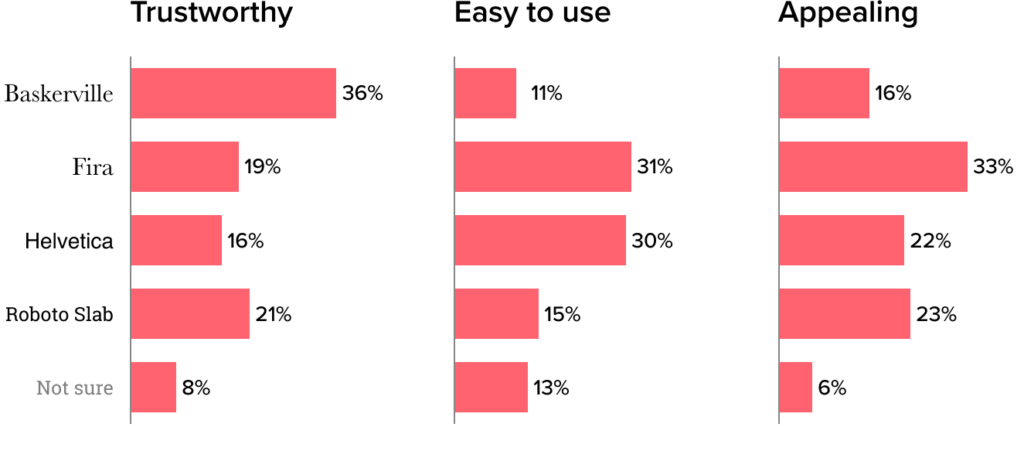
The research also discovered that typography influences products differently. What’s perceived as a trustworthy font for one application might not be seen as trustworthy for another application. Before you decide on a typeface for your blockchain application, conduct user experiments to gain insights on how different typefaces influence users’ perception of your product.
3. Borrow Trust
You can also boost trust by borrowing it from existing customers, peers, or reputable brands. This concept is known as social proof. Robert Cialdini, who coined the term in his book Influence, wrote, “We view a behavior as more correct in a given situation to the degree that we see others performing it.” And it makes sense: In situations where we’re uncertain about what to do, we follow the behaviors of others.
Social proof from experts and well-known organizations is especially effective. We assume that these professionals are knowledgeable and make informed decisions. Therefore, it’s no coincidence that emerging blockchain companies showcase the logos and testimonials of well-known experts, companies, and customers on their websites. You should do the same.
